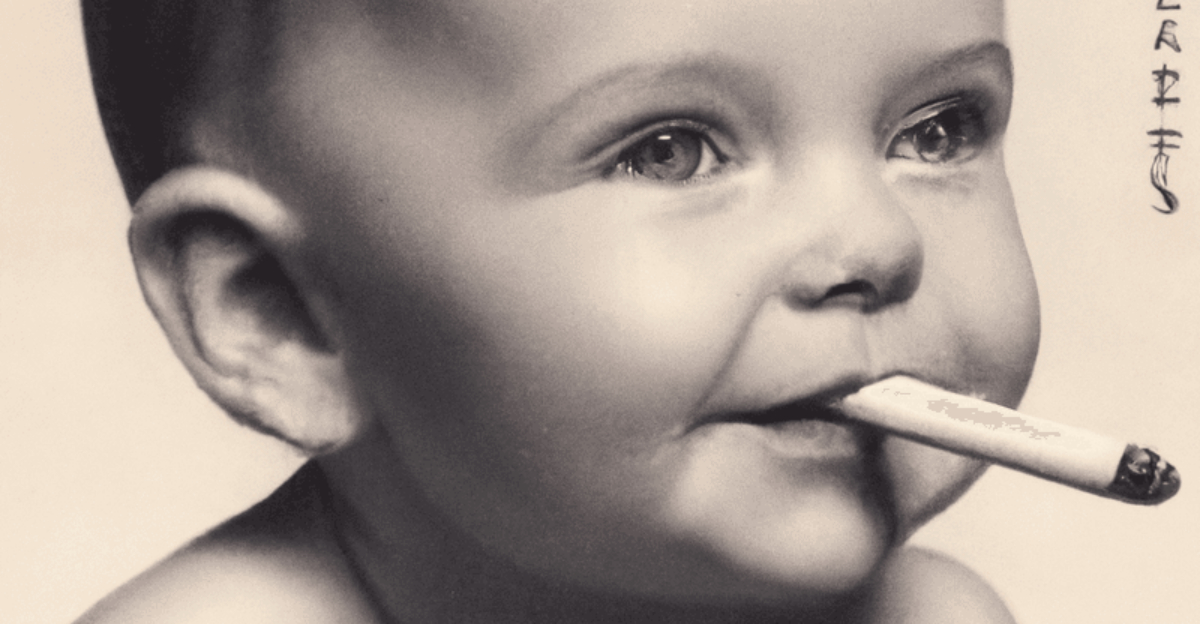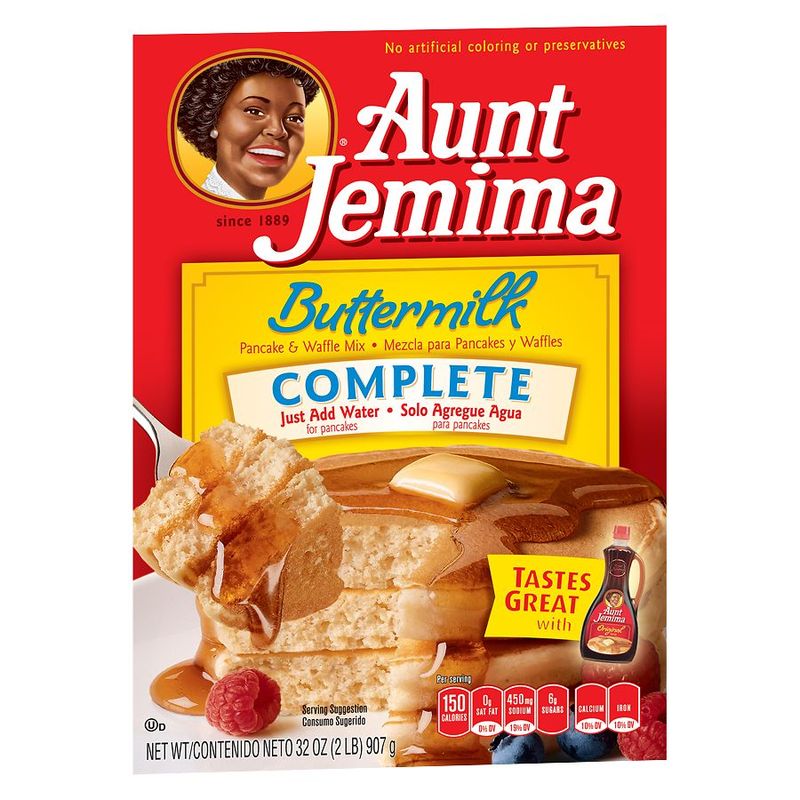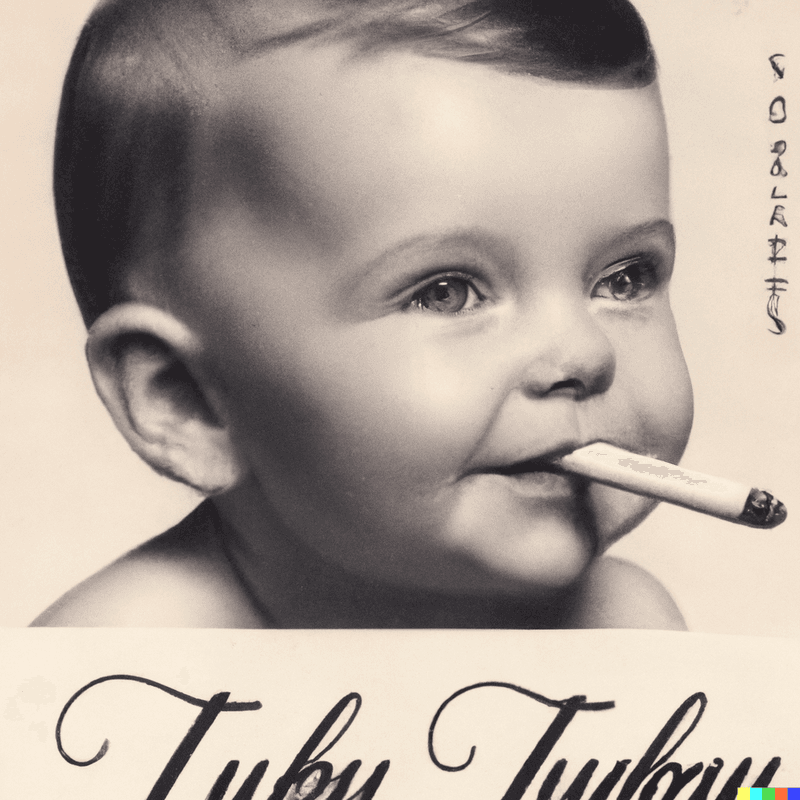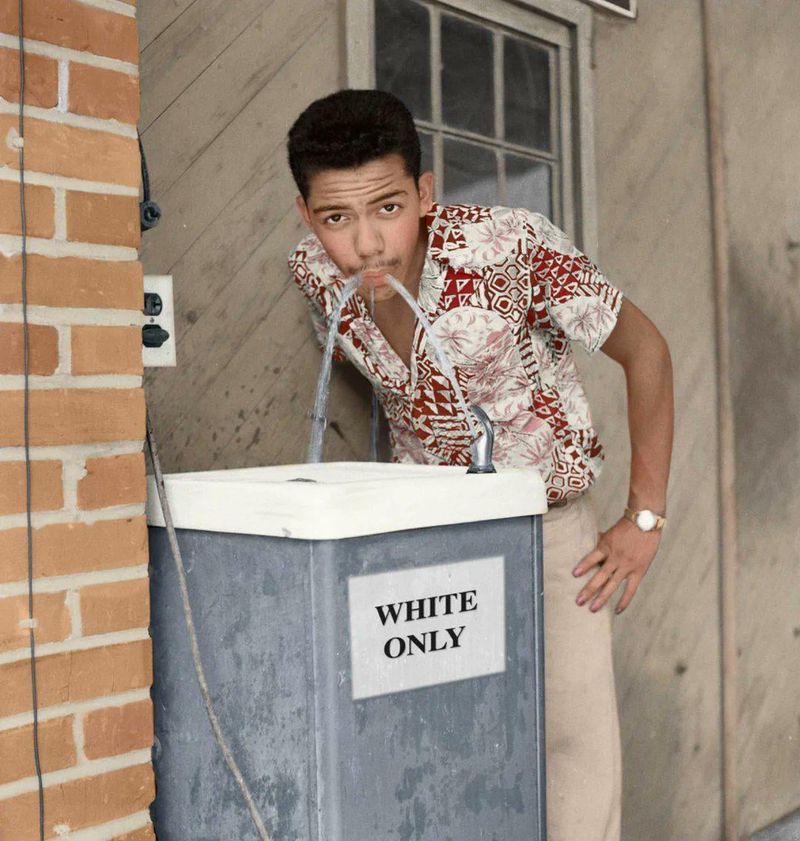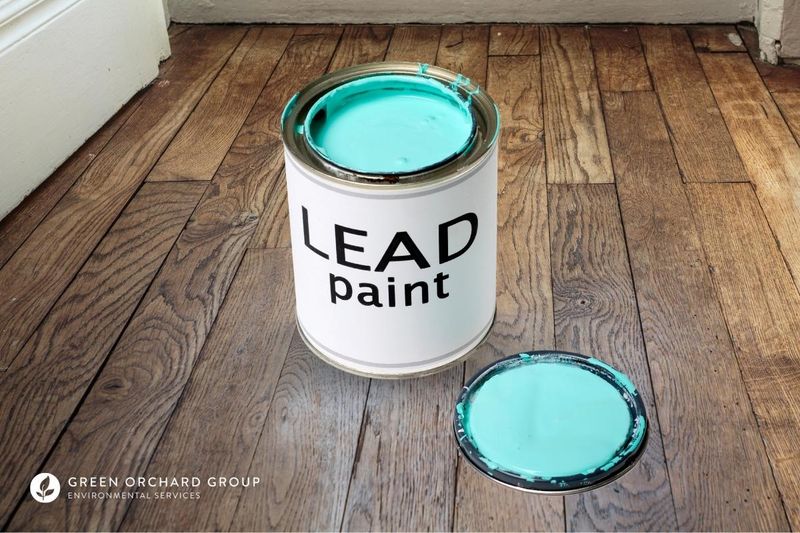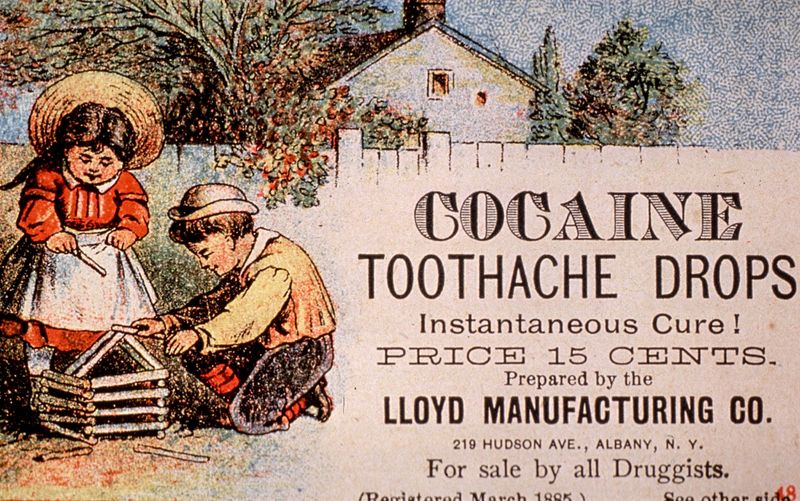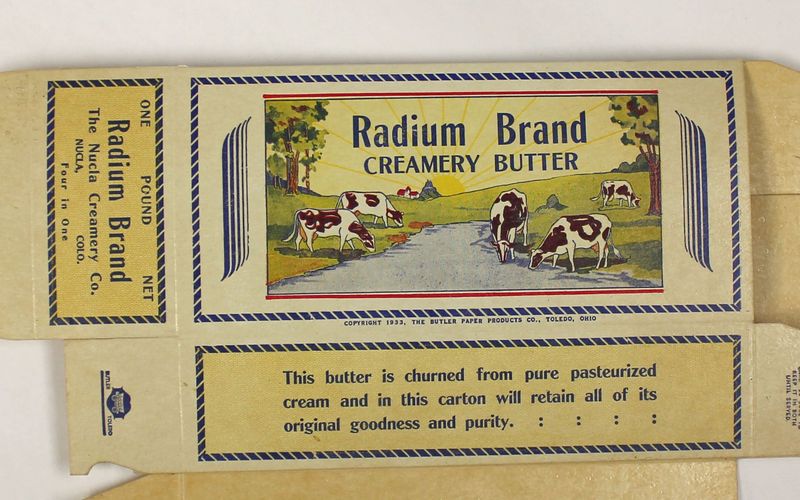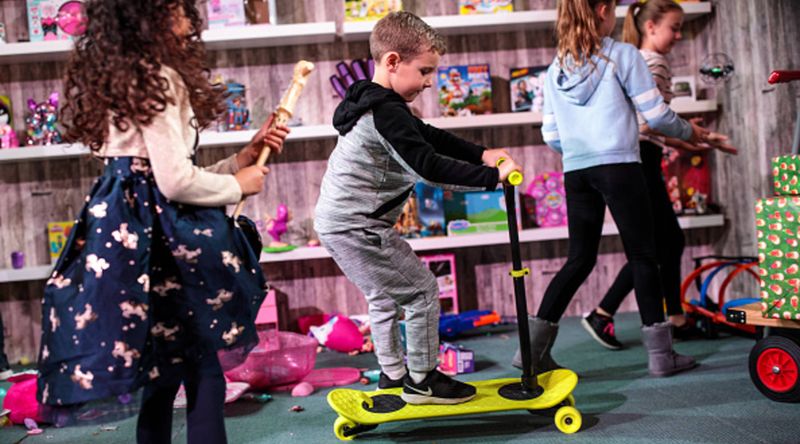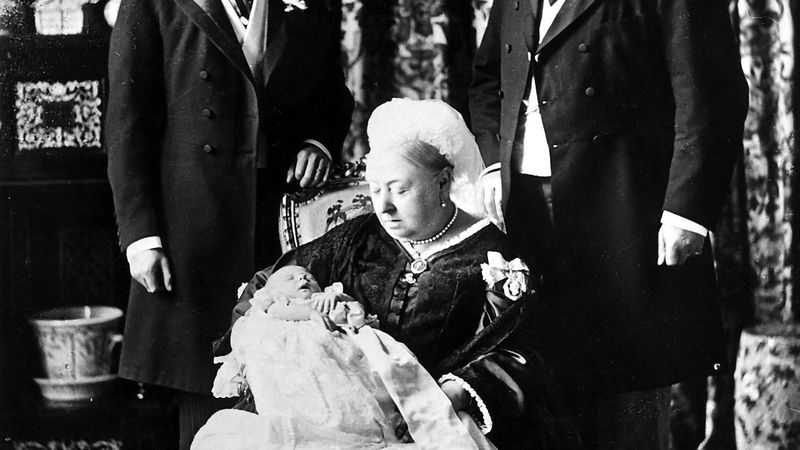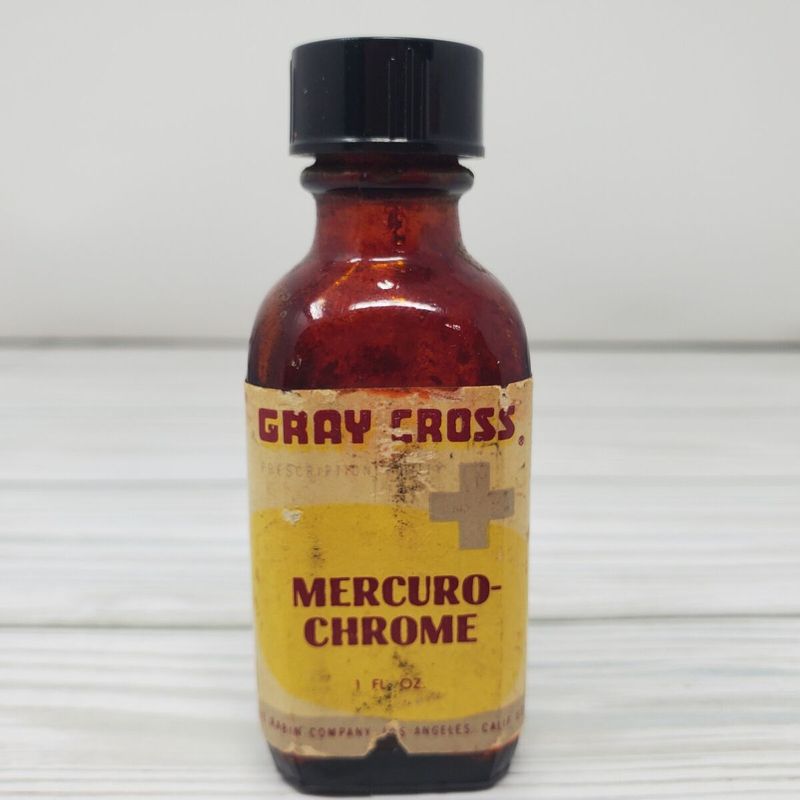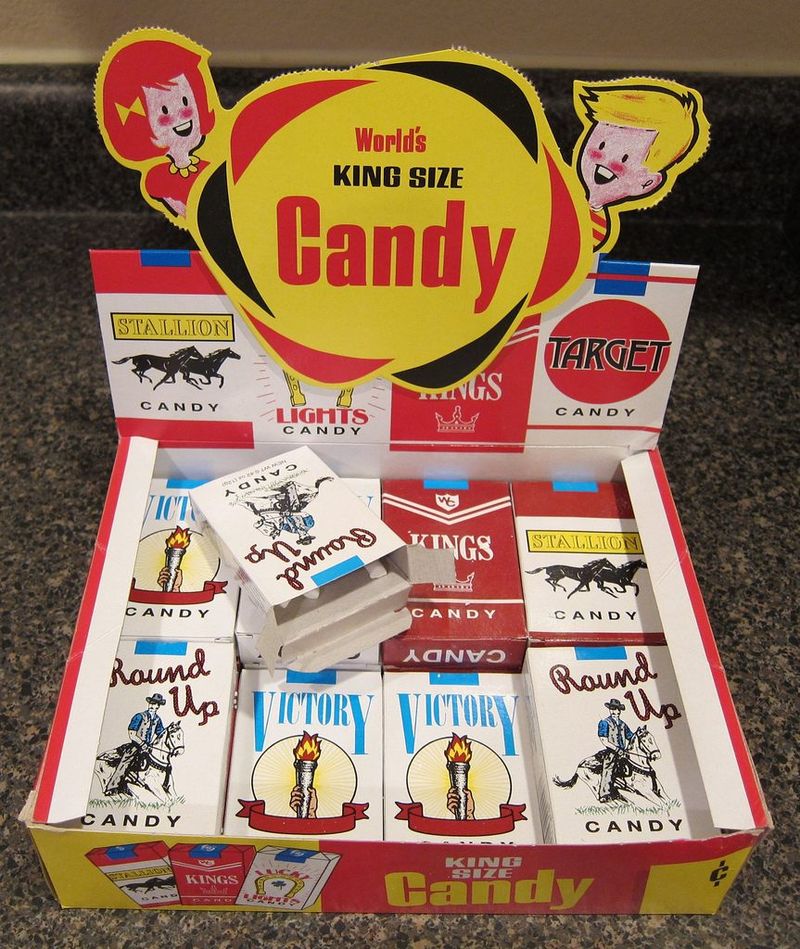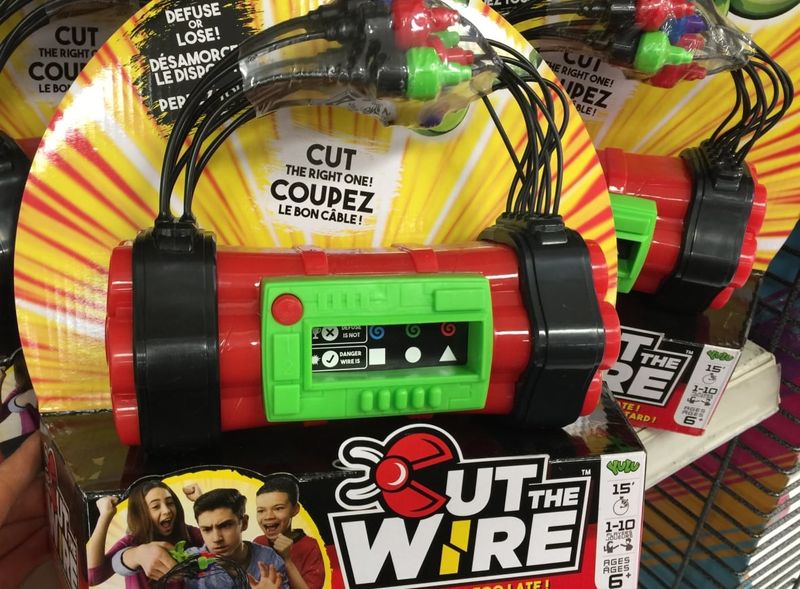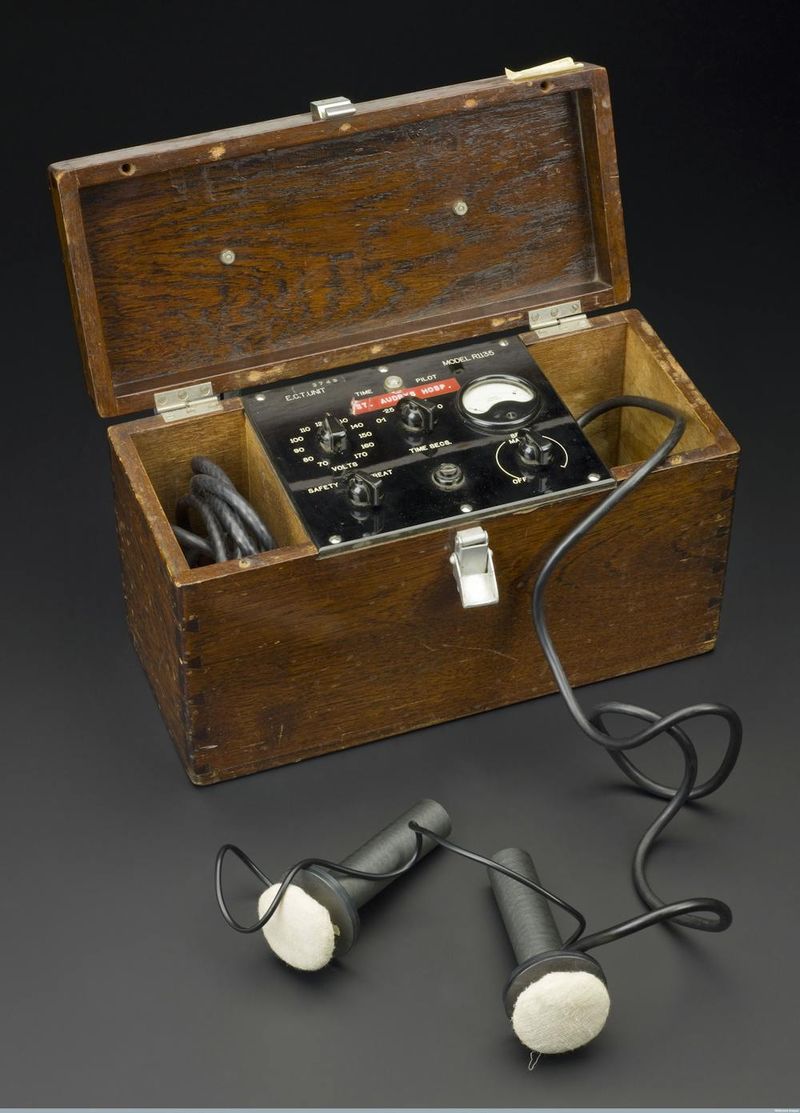In a world increasingly conscious of social justice, equality, and sensitivity, many products from the past would face intense scrutiny and likely boycotts if they were introduced today.
These items, once commonplace or even celebrated, reflect outdated attitudes and practices that are no longer acceptable.
This list explores 14 vintage products that, while relics of their time, offer us valuable lessons about the progress society has made and the importance of continued vigilance in making the world a more inclusive place for everyone.
1. Aunt Jemima Pancake Mix
Once a staple in American households, Aunt Jemima Pancake Mix featured a caricatured black woman as its mascot. This imagery reinforced racial stereotypes, depicting African Americans in subservient roles.
Over the years, cultural awareness has grown, leading to the rebranding of this iconic product. The brand’s transition reflects a societal shift towards more respectful representations of all racial groups.
Today, having such a character on a product would undoubtedly ignite a boycott, highlighting the ongoing dialogue around racial equality and the power of consumer voices in demanding change.
2. Smoking Baby Ads
In the mid-20th century, smoking was glamorized to the extent that even babies appeared in cigarette ads. The shocking imagery of infants with cigarettes was meant to convey the social acceptability of smoking.
But today, awareness of health risks associated with smoking has increased dramatically. Such advertisements would face immediate backlash, sparking outrage from parents, health professionals, and advocates worldwide.
These ads underline the dramatic change in public perception regarding smoking and children’s health, showcasing the importance of responsible advertising.
3. Whites-Only Water Fountains
Segregation-era products like “whites-only” water fountains serve as a stark reminder of the racially divided past. Such facilities were commonplace, enforcing discriminatory practices based on skin color.
Today, any attempt to segregate public amenities would be met with widespread condemnation and protest. This historical relic exemplifies the pervasive racism of the era, which activists tirelessly fought against.
Modern society’s collective stance against such discrimination highlights the progress made in civil rights, while acknowledging the journey still ahead in achieving true equality.
4. Lead Paint
Lead paint was once widely used for its durability and vibrancy, but its detrimental health effects are now well-documented. Exposure to lead, particularly in children, can cause severe health problems, including cognitive impairments.
Today, the use of lead paint is banned in many countries. Historical practices serve as a cautionary tale, reinforcing the importance of health safety standards.
A reintroduction of lead-based products would undoubtedly face consumer boycotts, with calls for stringent regulations to protect public health and safety.
5. Asbestos Insulation
Asbestos was once hailed for its fire-resistant properties and extensively used in construction. However, it poses significant health risks, including cancer. In modern times, the dangers of asbestos are well recognized, leading to its ban in many countries.
The past reliance on such hazardous materials emphasizes the ongoing responsibility to prioritize safety in building practices.
Any attempt to reintegrate asbestos would likely be met with fierce opposition and consumer boycotts, highlighting the critical need for transparency and safety in construction materials.
6. Diet Bread Ads Targeting Women
Vintage ads often perpetuated unrealistic beauty standards, targeting women with diet products. Diet bread ads from the past exemplified this trend, suggesting that women’s worth was tied to their appearance.
Such messaging would be met with resistance today, as society increasingly rejects narrow beauty standards and embraces body positivity.
This shift in perspective underscores the power of marketing in shaping societal norms and the need for campaigns that promote inclusivity. A rebirth of such marketing strategies would undoubtedly face boycotts and social media backlash.
7. Cocaine Toothache Drops
In the late 19th century, cocaine was used medicinally, even for children, to alleviate toothaches. This product illustrates the historical lack of regulation and understanding of drug safety.
Today, such a product would cause immediate outrage, considering the addictive nature and harmful effects of cocaine. Society’s evolving understanding of drug effects has led to stricter regulations and more informed medical practices.
The presence of such a product in modern markets would be unacceptable, sparking boycotts and highlighting the progress made in drug safety and public health education.
8. Radium Health Products
In the early 20th century, products containing radium were marketed for their supposed health benefits, including beauty creams and tonics. However, the radioactive element is extremely harmful, leading to severe health effects.
Today, the knowledge of radiation’s dangers is widespread, and such products would be considered highly irresponsible. The history of radium products serves as a reminder of the importance of scientific research and consumer protection in product development.
If reintroduced, they would surely be boycotted, reinforcing consumer expectations for safety and efficacy in health products.
9. Gender-Specific Toys
Toys from the past often reinforced rigid gender roles, with pink dolls for girls and blue trucks for boys. The marketing mirrored societal expectations about gender, limiting children’s play experiences.
Today, gender-specific toys face criticism as society moves towards more inclusive and diverse representations in children’s play. The call for toys that encourage creativity and individuality over gender norms is strong.
Releasing gender-stereotyped toys now would likely provoke a boycott, emphasizing the importance of inclusivity and diversity in children’s products to foster a more accepting society.
10. Chloroform in Childbirth
Chloroform was once commonly used as an anesthetic during childbirth despite its potential risks to both mother and child. This practice reflected the limited understanding of anesthetic safety at the time.
Today, the use of chloroform in medical procedures is obsolete, with safer alternatives available. The evolution of medical practices underscores the importance of ongoing research and innovation in healthcare.
Introducing such outdated methods would face immediate backlash and boycotts, highlighting society’s expectations for safe and effective medical care.
11. Mercurochrome Antiseptic
Mercurochrome, once a popular antiseptic, contained mercury, a toxic element. While it was widely used for minor cuts and scrapes, its safety became a concern as awareness of mercury’s harmful effects grew.
Today, its usage is banned or restricted in many countries. The history of Mercurochrome exemplifies the importance of continuous evaluation of product safety.
If reintroduced, this antiseptic would likely be boycotted, reinforcing expectations for non-toxic, safe healthcare products and the critical need for informed consumer choices.
12. Cigarette Candy
Cigarette candy was once marketed to children, normalizing smoking behaviors from a young age. This product illustrates how societal norms around smoking have dramatically shifted.
Today, such products would face swift boycotts, as they conflict with efforts to combat smoking and promote healthy lifestyles among young people.
The history of cigarette candy serves as a reminder of the profound impact marketing can have on behavior and the responsibility of companies to promote positive health messages.
The rejection of such products underscores society’s commitment to nurturing healthier future generations.
13. Nuclear Bomb Toys
During the Cold War era, nuclear-themed toys were introduced, reflecting the period’s tensions. These toys trivialized the devastating power of nuclear weapons.
Today, the idea of children playing with nuclear bomb toys is unthinkable, as the global community increasingly prioritizes peace and security.
Such toys would face immediate rejection and boycotts, underscoring the importance of promoting peace and understanding through play.
These relics serve as a stark reminder of how far society has come in its approach to both global security and responsible toy manufacturing.
14. Electric Shock Therapy Devices for Home Use
Once marketed as a cure for a variety of ailments, home electric shock therapy devices epitomize outdated, unsafe medical practices. These devices were often used without professional guidance, posing significant risks to users.
Modern understanding of mental health and medical treatments has rendered such devices obsolete. If marketed today, they would spark boycotts, reflecting society’s dedication to safe, evidence-based health practices.
They serve as a reminder of the need for ongoing education and regulation in healthcare to protect individuals from harmful pseudoscientific treatments.
